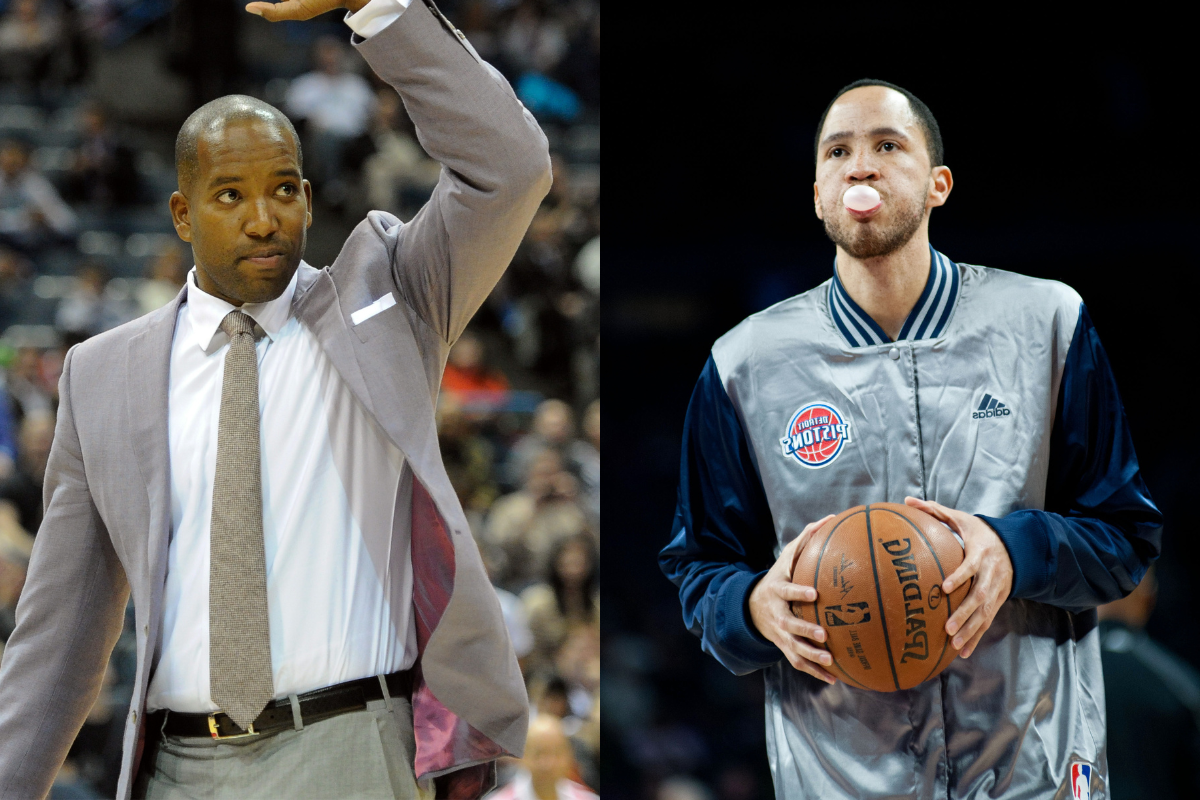
Imago
Image Credits: Imagn Images

Imago
Image Credits: Imagn Images
The Redeem Team holds a special place in basketball history, not just for winning gold in 2008 but for restoring America’s pride. After the disappointment of the 2004 Athens Olympics, where the U.S. men’s basketball team settled for bronze, there was a demand for change. Fans wondered if the era of American dominance was gone, and critics pointed to a lack of teamwork and balance. When Jerry Colangelo and Mike Krzyzewski stepped in, they built something new, a roster designed with purpose rather than just star power.
Watch What’s Trending Now!
The lineup included giants like Kobe Bryant, LeBron James, and Dwyane Wade, but it also had names that sparked curiosity: Michael Redd and Tayshaun Prince. Why were they chosen when so many other stars were available? The answer lies in what the Redeem Team truly stood for: balance, chemistry, and defined roles.
ADVERTISEMENT
What was the Redeem Team?
By 2008, Team USA was no longer feared the way it once was. The losses in Athens had cut deep, and the 2006 World Championships in Japan added more frustration with a bronze finish. International basketball was evolving, and teams like Argentina and Spain played with a level of chemistry that the U.S. often lacked. It was no longer enough to simply stack the roster with NBA All-Stars and hope talent would carry them through.
Jerry Colangelo’s solution was simple but bold. He required players to commit over multiple summers and bought into Coach Mike Krzyzewski’s philosophy of building a team, not just a collection of names. “We didn’t show respect to the world basketball community, and it was going to take a commitment,” Colangelo said. That approach shaped the makeup of the roster. The stars were undeniable: Kobe, LeBron, Wade, and Carmelo, but the supporting pieces became just as critical.
Top Stories
A’ja Wilson, Bam Adebayo Issue Strong Statement Against Rachel Nichols’ Question About Couple’s Privacy
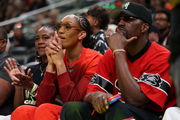
“Why Wouldn’t I?”- LeBron James Defies JJ Redick’s Directive, Takes FT Off Luka Doncic
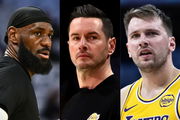
Caitlin Clark Surpasses LeBron James, Stephen Curry With 136,000 PSA Announcement
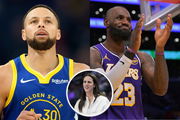
NBA World Turns On Victor Wembanyama After Subtle Dig at Shai Gilgeous-Alexander, OKC

Dillon Brooks Goes Missing After LeBron James Gets “Last Laugh” in Heated Lakers-Suns Finish
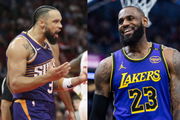
Michael Redd and Tayshaun Prince were not flashy additions, but they symbolized the shift. Instead of asking who sold jerseys, Colangelo asked who could provide spacing, defense, and adaptability. Team USA didn’t just need scorers; it needed role players willing to sacrifice. That is why their inclusion makes perfect sense when looking at the bigger picture.
ADVERTISEMENT
Who was Michael Redd, and what role did he play?
Michael Redd’s journey to the Redeem Team is one of perseverance. Drafted in the second round by the Milwaukee Bucks, he carved out a career as one of the NBA’s most reliable shooters. At his peak, Redd averaged over 26 points per game and earned an All-Star nod, but what stood out most was his lethal left-handed jump shot. His quick release and deep range made him a constant threat, something the international game demanded.
ADVERTISEMENT
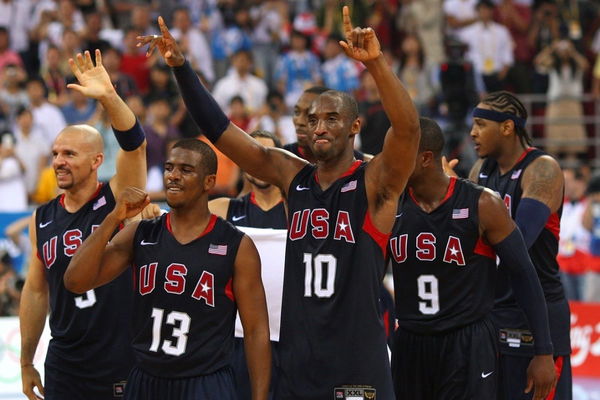
ADVERTISEMENT
Team USA needed perimeter shooting. In 2004, the team had struggled from beyond the arc, and defenses collapsed inside, knowing America couldn’t consistently punish them from outside. Redd solved that problem. He wasn’t brought in to dominate the ball or put up 30 points. His role was straightforward: stretch the floor, keep defenses honest, and provide scoring bursts when the stars rested.
Redd embraced the role. He didn’t complain about minutes, knowing he wasn’t going to overshadow Kobe or Wade. Instead, he played with the discipline and focus that made him a perfect fit. Fans often overlook his contribution, but without Redd’s shooting, the spacing that freed up driving lanes for LeBron and Wade might not have existed. His presence made Team USA more versatile and harder to defend.
ADVERTISEMENT
Why was Tayshaun Prince selected for the Redeem Team?
If Michael Redd represented offense, Tayshaun Prince embodied defense. Known for his long arms and calm demeanor, Prince had already built a reputation with the Detroit Pistons as a lockdown defender and NBA champion. His ability to guard multiple positions, from quick guards to taller forwards, made him invaluable in international play, where versatility was crucial.
The Redeem Team didn’t need Prince to score. They needed him to disrupt opposing stars like Manu Ginóbili, Rudy Fernández, or even Spain’s Pau Gasol in switches. His defense was about subtlety: altering shots, using his length, and forcing players into bad angles. “Out of anybody on our team, those international guys, no matter who we played against, all them dudes wanted to guard Kobe,” Prince once pointed out. And he used that to his advantage. That quiet but consistent impact made a huge difference in tough stretches.
Prince also carried championship experience. As part of the 2004 Pistons, he had already toppled a star-studded Lakers team by playing disciplined, selfless basketball. That mindset mirrored exactly what Krzyzewski wanted. Prince didn’t need the spotlight, and he didn’t demand the ball. He was there to defend, rebound, and make smart plays. In a team full of superstars, his humility and defensive grit gave the Redeem Team the balance it desperately needed.
ADVERTISEMENT
Did Michael Redd & Tayshaun Prince make an impact in Beijing?
Basketball at the international level is different from the NBA. The shorter three-point line, slower pace, and physical style demand adjustments. That’s why the Redeem Team needed more than just superstar talents. Specialists like Michael Redd and Tayshaun Prince filled roles that the bigger names either couldn’t or wouldn’t focus on.
Redd provided outside shooting, punishing zones, and keeping defenders spread thin. Prince gave defensive flexibility, ensuring matchups never became overwhelming. Together, they were role players who allowed stars to shine. Dwyane Wade led the team in scoring, Kobe set the defensive tone, and LeBron orchestrated, but without the glue guys, those contributions might not have been as effective.
ADVERTISEMENT
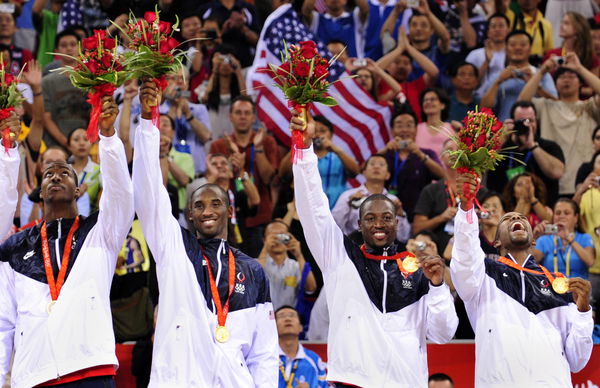
Imago
OLYMPICS: Mens Basketball-USA vs Spain Aug. 24, 2008 Beijing, CHINA United States left to right center Dwight Howard 11 and guards Kobe Bryant 10 and Dwyane Wade 9 and Michael Redd 8 react on the podium after the United States 118-107 victory against Spain in the gold medal game at the Beijing Olympic Basketball Stadium in the 2008 Beijing Olympics. Beijing CHINA, EDITORIAL USE ONLY PUBLICATIONxINxGERxSUIxAUTxONLY Copyright: xBobxDonnan-USAxTODAYxSportsx 3244251
Coach Krzyzewski often reminded his team that gold wasn’t won by talent alone. Coach K emphasized unity over individual dominance: “They need to be superstars on their individual NBA teams, but on this team, they’re not — not one of them is that. There’s not one person who should be dominant. The team is dominant.” Redd and Prince embodied that mantra. They didn’t need headlines, but they made the system function. Every pass, every rotation, every open jumper mattered. In the end, their contributions didn’t just complement the stars; they helped stabilize the team under the highest pressure.
ADVERTISEMENT
Final Takeaway
When fans think of the Redeem Team, the first names that come up are Kobe, LeBron, and Wade. But history also remembers the balance. Analysts often point out how much more complete the 2008 roster was compared to 2004, and Redd and Prince are key reasons for that. Their roles may not have been glamorous, but they were essential to rewriting the narrative of U.S. basketball.
Michael Redd later admitted that just being part of the Redeem Team was the highlight of his career. For Prince, the experience validated his style of play, showing that defense and humility were just as important as scoring. They both walked away with gold medals, not just as passengers but as contributors.
Now, with the Redeem Team being immortalized in the Naismith Basketball Hall of Fame soon, their place in history feels even more secure. It wasn’t just about the superstars. It was about building a team that reflected commitment, sacrifice, and balance. Michael Redd and Tayshaun Prince were proof of that philosophy, and their legacy is stitched into one of basketball’s greatest redemption stories.
ADVERTISEMENT
ADVERTISEMENT
ADVERTISEMENT

